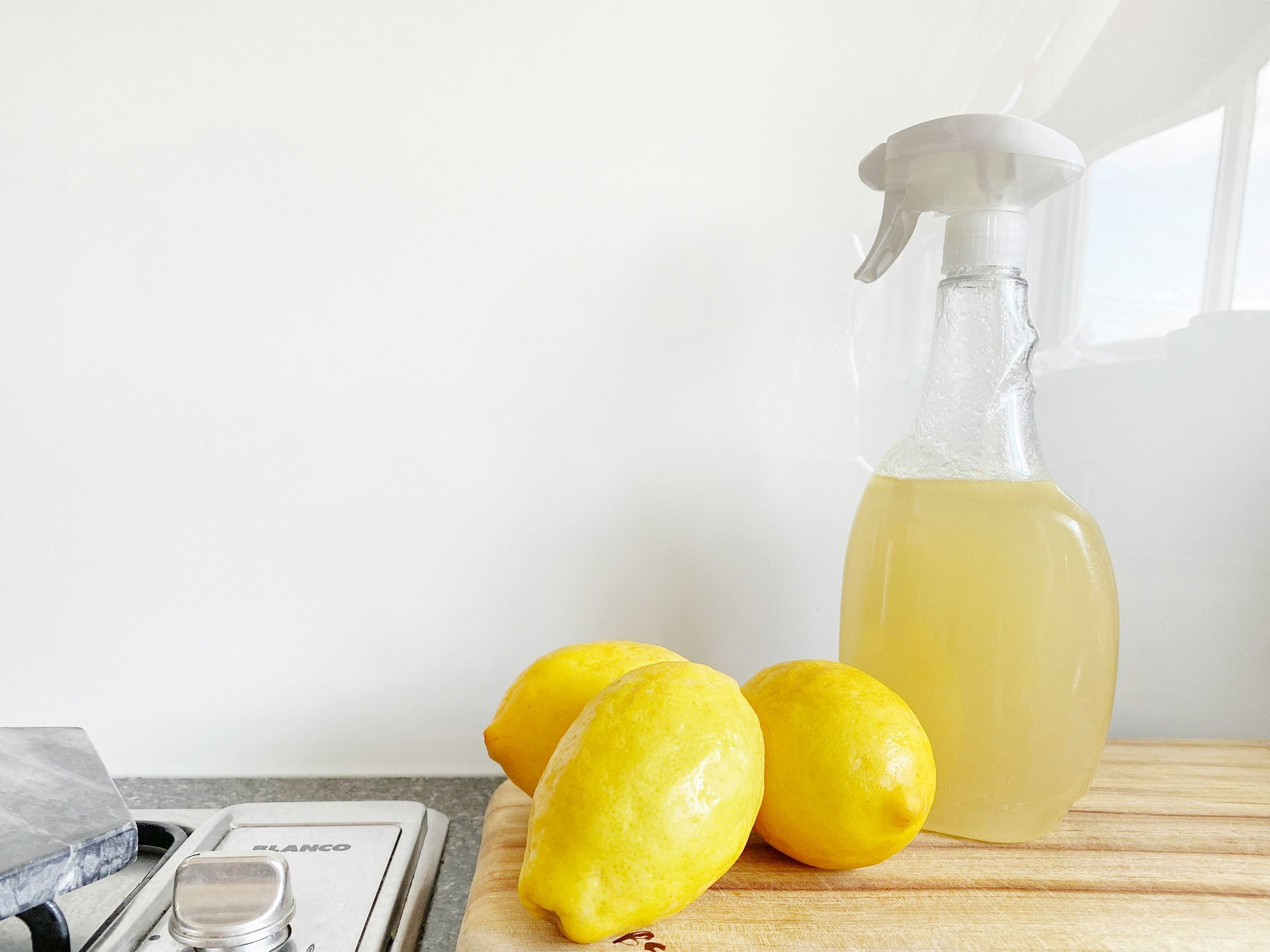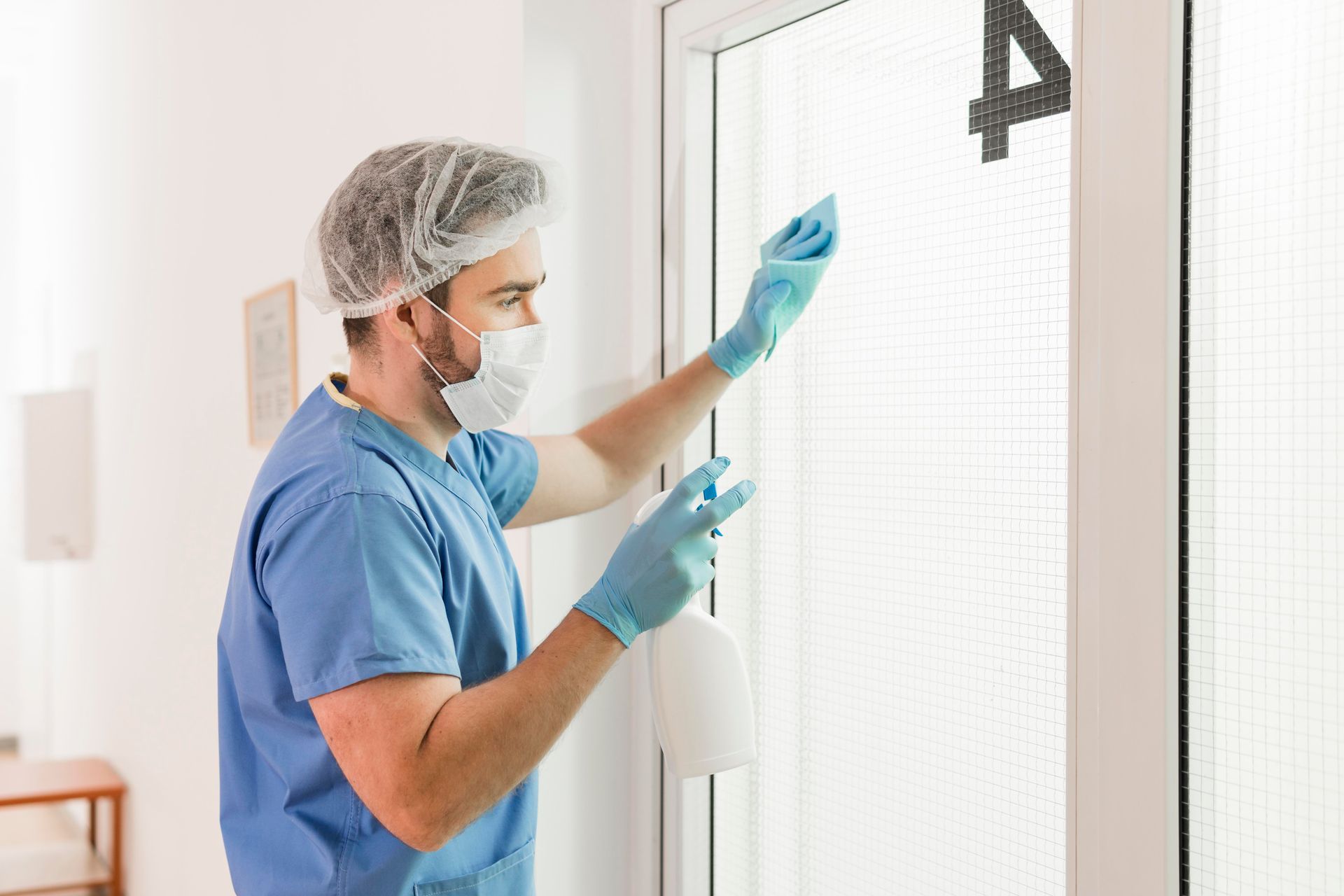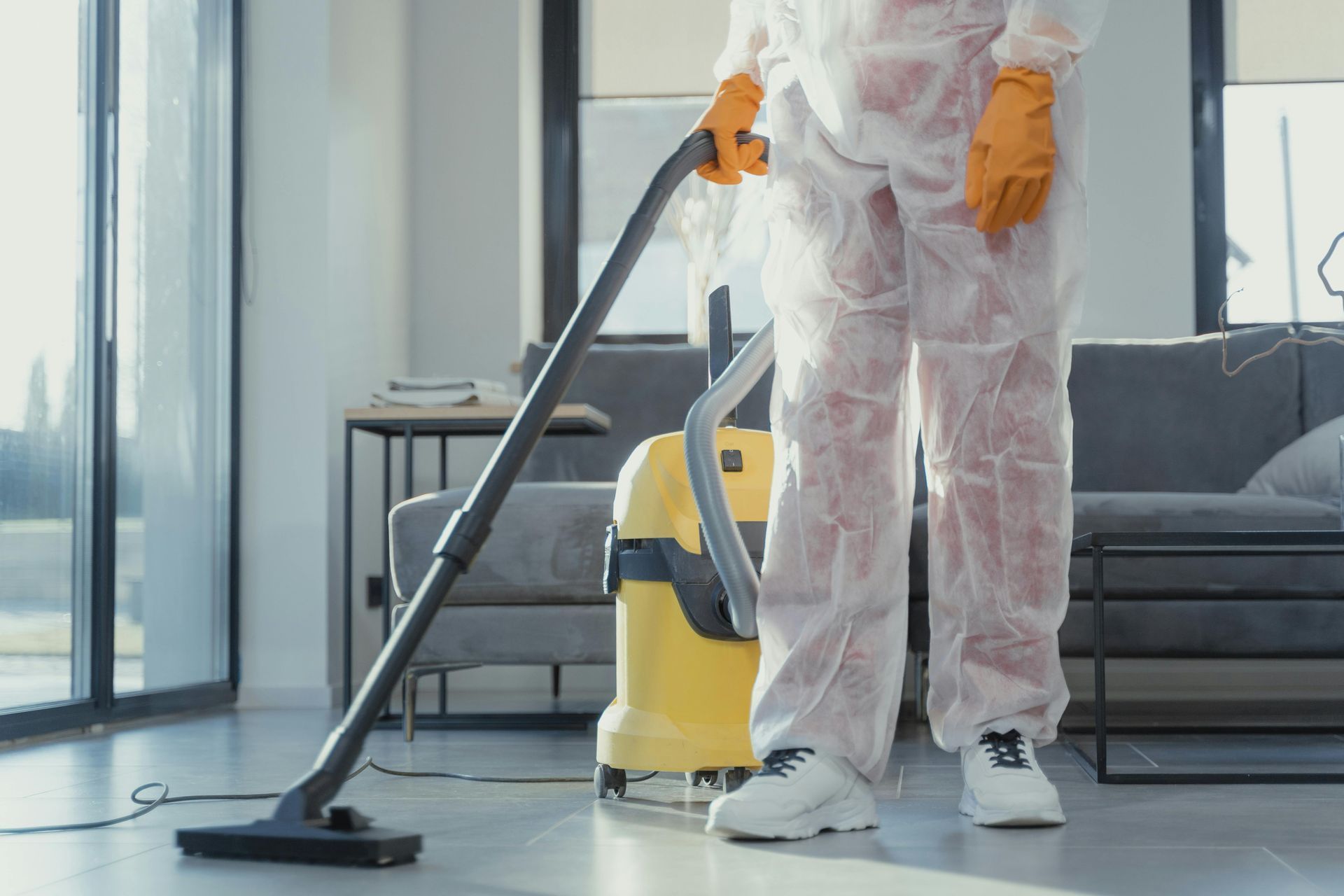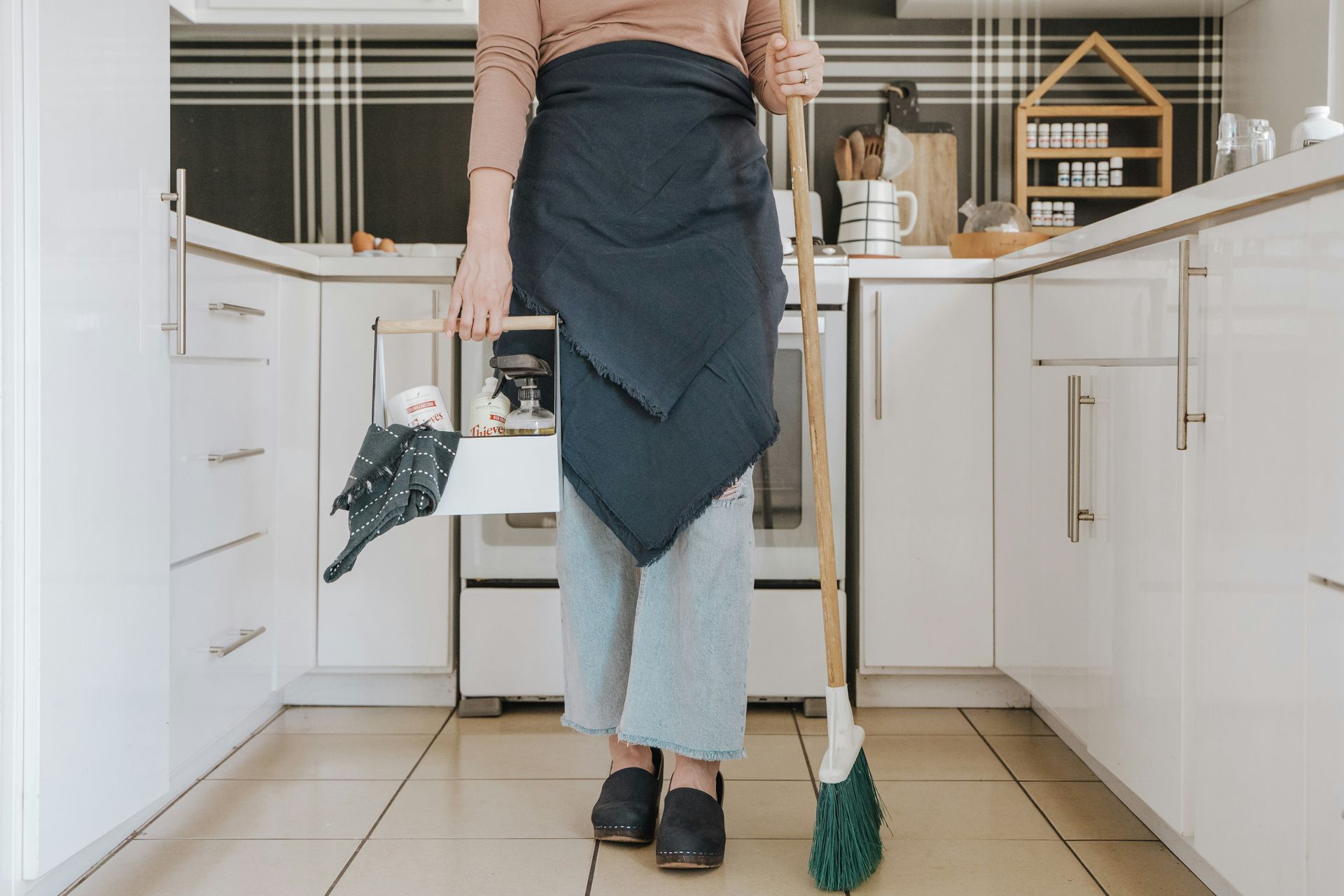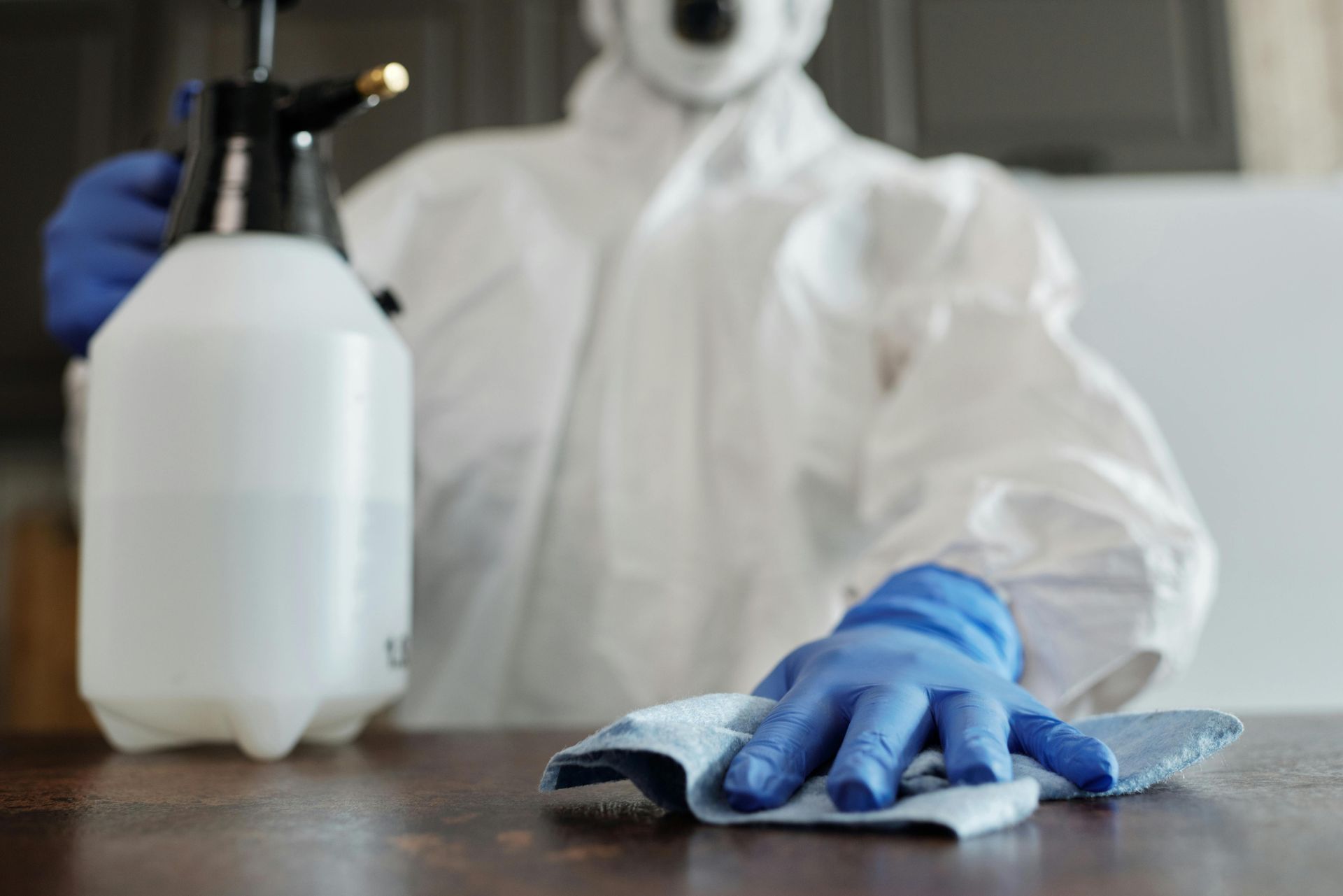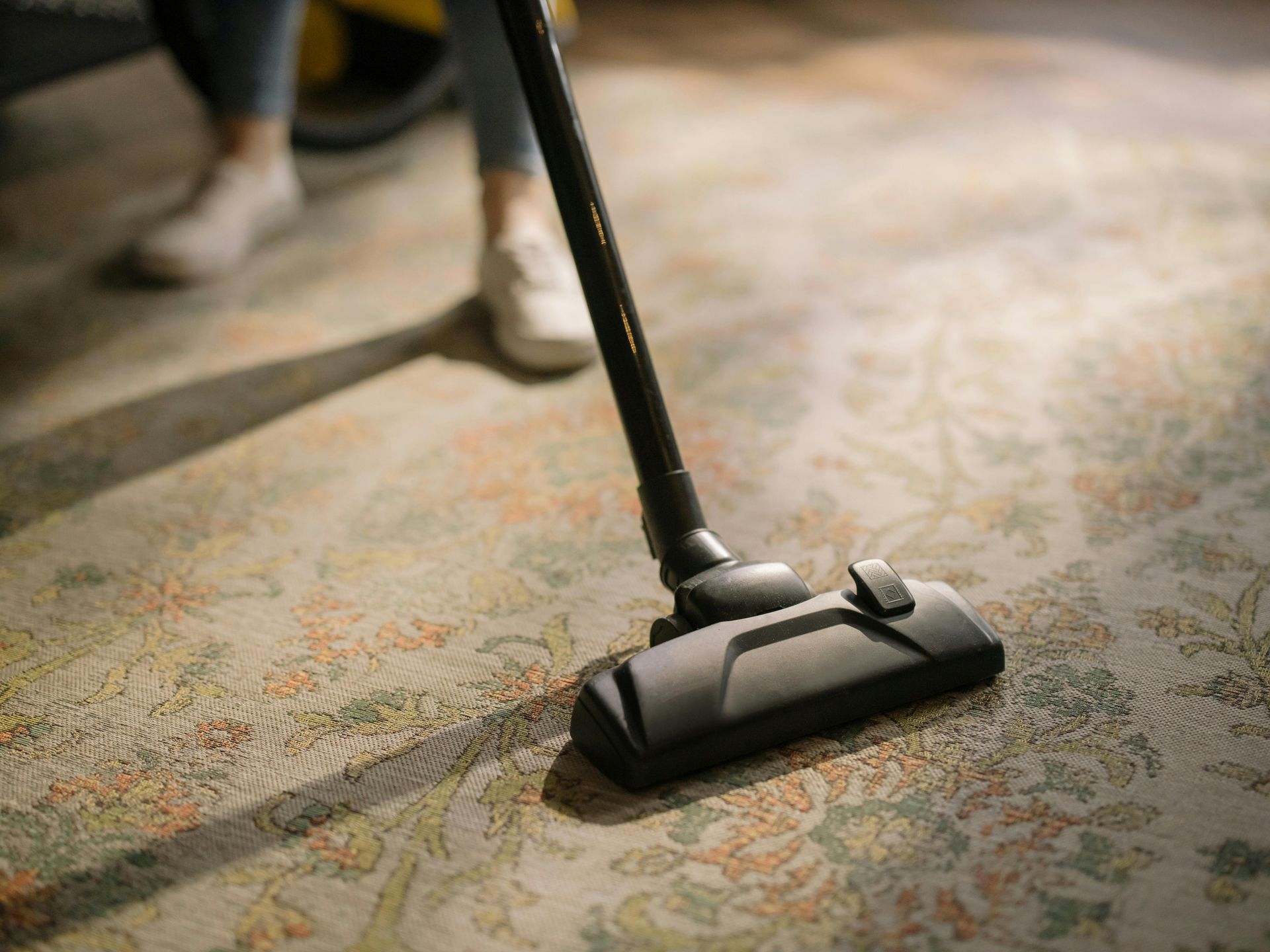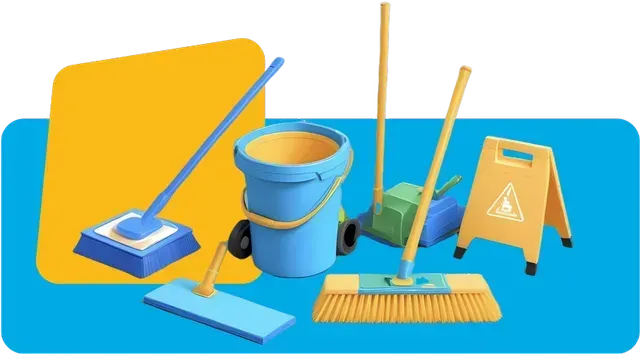Why Post Fire Clean Up Is Essential for Protecting Your Property
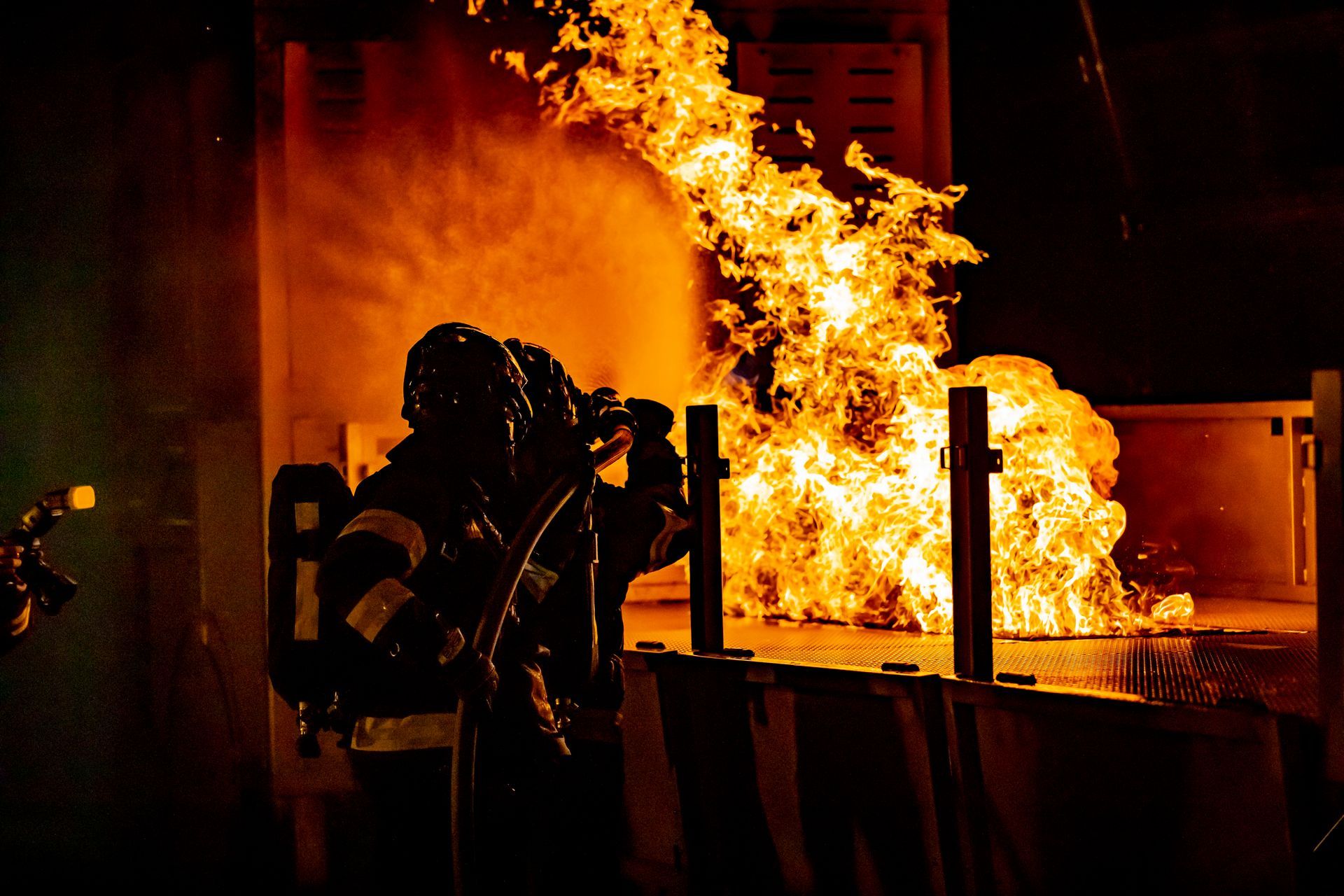
The 2024-25 Australian bushfire season began in September 2024 and is currently ongoing. Many states, including Tasmania, have experienced above-average temperatures and variable rainfall, which have contributed to fire risks across the state.
In response to heightened fire risks during summer, the Tasmanian Government launched a campaign titled "You light it, you own it." This initiative emphasizes community responsibility for fire safety and prevention.
Many of these fire incidents arise due to similar causes and can result in total devastation.
The worst thing about fire is that it not only causes immediate destruction to the property but also leaves behind harmful residues that exacerbate over time if not handled properly.
In this article, we will discuss the importance of post-fire cleanup and how professionals take the necessary steps to restore your property.
So, without wasting a minute, let’s begin!
Fire Damages and Reasons for Post-Fire Cleanup
Although the visible damage — burnt walls, smoke, and charred remnants — from a fire is clear, hidden dangers can also pose secondary damage.
The types of damages caused by fire include:
1. Structural Damage
The heat from the fire can weaken the wooden structure around your house, causing damage to beams, foundations, and load-bearing walls. Even if these structures remain intact, there can be hidden weaknesses that compromise your home’s stability.
Leaving these structural damages unattended could cause additional complications, and so can worsen the situation.
That’s why your top priority to address after a fire is to prevent further structural damage.
For this purpose, it is better to have an experienced consultant and remediation company that gives you a better understanding of your home’s structural integrity and recommends necessary repairs.
2. Soot Damage
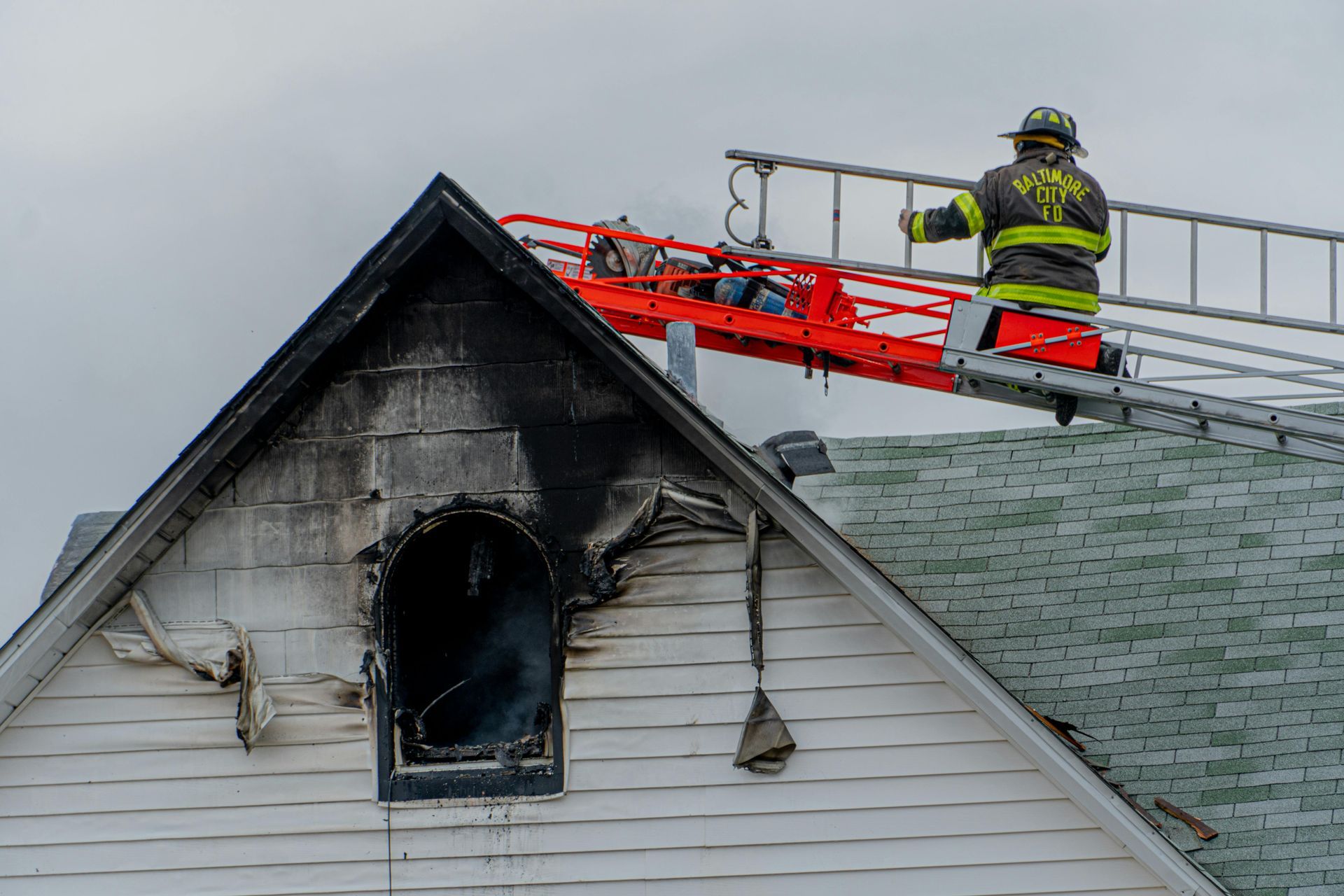
Soot is a black, powdery substance that settles on surfaces after the fire.
It is actually a byproduct of incomplete combustion and consists of carbon particles and other chemicals. Soot is highly acidic in nature and can cause corrosion and permanent staining on surfaces and walls if left uncleaned.
Specialised cleaning methods can be utilised to clean up the soot and prevent further damage.
Pro Tip: Avoid touching objects or surfaces that are already covered with soot, as this can cause the soot to embed deeper into them.
3. Smoke Damage
When a fire breaks out, the objects in your house will get extremely hot. This hot temperature results in the evaporation of volatile organic compounds (VOCs).
The presence of VOCs means the level of oxygen in the air becomes low so combustion can’t occur.
That leads to the formation of smoke.
Smoke odours are microscopic and make their way to every corner of your house. They can even penetrate the porous textured surfaces of your home, such as wood or carpet.
With smoke damage, you may encounter serious issues that include, corrosion of metal surfaces, electrical failures, and even damage to your home’s foundation. The damage caused by the smoke further depends on the type of material burnt, which results in either:
Wet Smoke Damage
Wet smoke comes from items that burn slowly such as plastics, rubbers, and other synthetic materials. These items tend to leave behind a thick, sticky residue with a pungent, strong odour.
Dry Smoke Damage

Dry smoke comes from fast-burning items such as wood and paper. It also carries odour but it is not as strong as that of the wet smoke. Depending on the nature and intensity of heat, damage may seep through cracks and certain porous materials.
It means you may still smell an odour even after cleaning up.
Note: Standard cleaning methods are often ineffective in eradicating the smoke odours as they require special techniques to be eliminated.
4. Water Damage
During the firefighting process, plenty of water is used to stop the fire, which can also be damaging. If, by chance, any moisture is left untreated, it can seep into the structural components of your home and create a suitable environment for mould growth.
Immediate response from experts is required to minimise the water damage and restore the property to its pre-fire condition.
Post-Fire Health and Safety Concerns
The remnants of the fire not only weaken the integrity and strength of your home but also pose serious health effects to the residents.
Never ignore the health hazards that are caused by smoke inhalation after a fire.
Remember! Between 60–80% of deaths occurring at the scene of a fire occur due to smoke inhalation.
The following health hazards can occur if you delay a post-fire cleanup:
- Severe irritation of skin, eyes, and throat.
- Dysfunctioning of the cardiovascular system.
- Prolonged exposure to smoke particles can cause respiratory issues, allergies, or other long-term health problems.
- Burning of synthetic materials can release benzene or formaldehyde which can cause cancer, neurological damage, and immune system dysfunction.
Without proper cleaning and restoration, the persistent effects of smoke can continue to cause serious health risks even after the fire has long been extinguished.
Why Do You Need Professional Cleaning Services After a Fire Breakout?
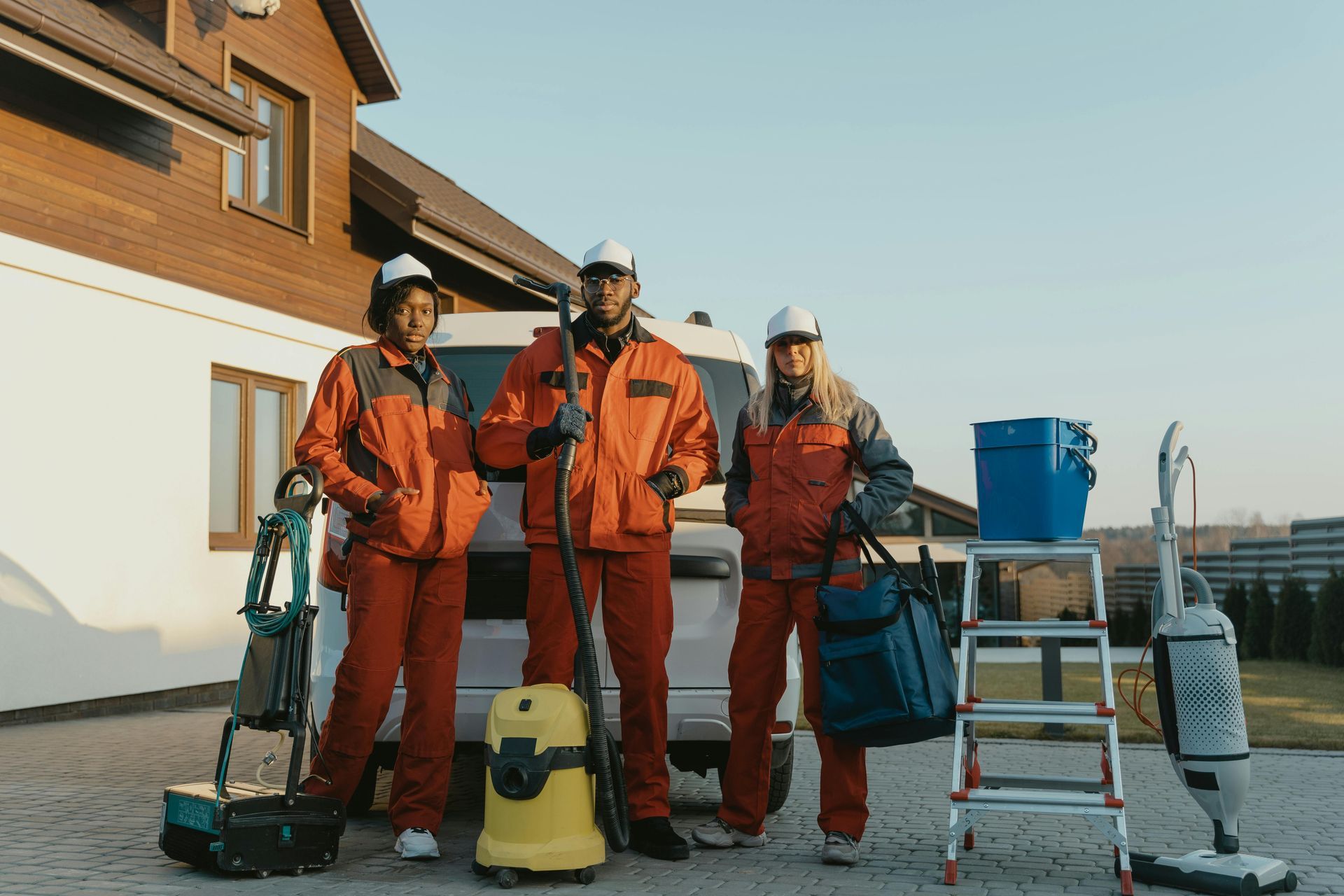
Some homeowners may attempt to clean up the fire damage by themselves, particularly, if the destruction seems minimal.
However, it is strictly prohibited to do it yourself as DIY fire cleanup can result in:
- Incomplete Restoration: Without professional knowledge, hidden damage may go unnoticed.
- Health Risks: Being around soot and smoke can expose untrained individuals to carcinogens and other severe health problems.
- Insurance Complications: Most insurance companies require professional post-fire cleanup to validate claims and ensure proper restoration.
Professional clean-up after a fire can help you keep safe while protecting your home and limiting the required repairs.
How Do Professionals Perform Fire Damage Cleanup?
Now that you understand the primary and secondary damage caused by the fire, let’s have a look at how professional cleaning companies will tackle the cleaning process.
Here are the necessary steps experts will follow:
1. Primary Assessment
Fire damage restoration starts with a professional assessment and inspection of your home. This step tends to determine the level of damage and the required restoration stages.
The primary assessment is further broken down into two parts:
- The first part involves evaluating the extent of damage caused by fire such as examining the foundations, walls, and roofs to determine their stability.
- The next part involves the thorough examination of interior damage to create a list of the damaged items. You will need this for your insurance claims.
Experts inspect the visible damage as well as the hidden issues. Therefore, the primary assessment helps them create a detailed restoration plan.
2. Fire Damage Restoration
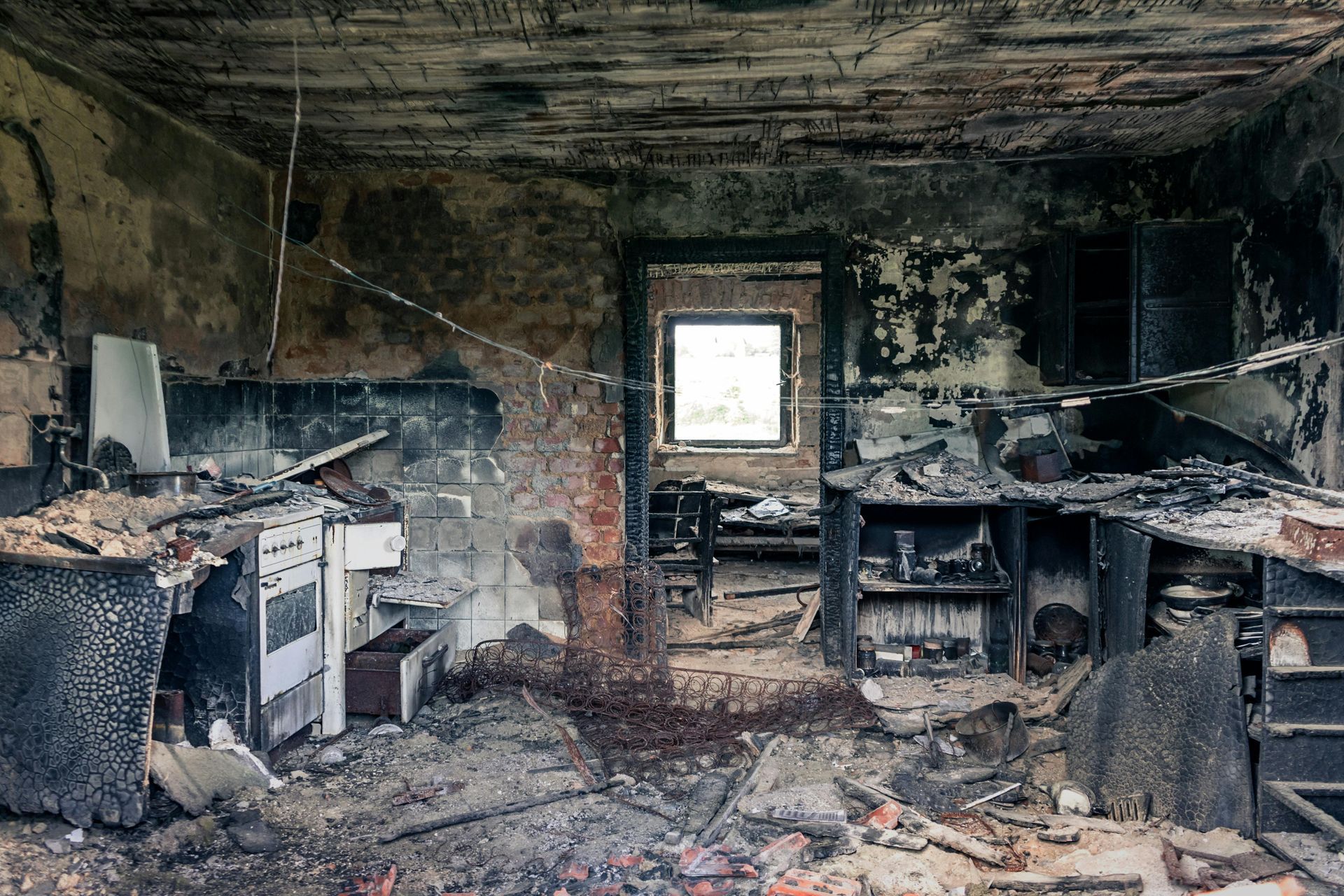
Any items or materials that are too damaged to be restored are carefully removed from the property. This step is essential to prevent further contamination and to prepare the area for deep cleaning.
To stop additional damage, professionals install traps on roofs, fence the area, and board up the doors and windows.
These safety measures guard the property from unwanted access and weather exposure, which can result in mould growth.
3. Smoke and Soot Removal
Smoke and soot will leave an unpleasant odour and appearance on your property. Therefore, the next step that is usually taken by professionals is to improve the air quality in your home and remove any sooting effects.
The smoke and soot removal process includes various techniques such as:
- Cleaning HVAC System: Smoke and soot particles can infiltrate the HVAC system and so can spread throughout the house, if not cleaned properly. This step involves thorough cleaning of ducts, vents, and filters to prevent further contamination.
- Deodorising: Deodorising the property using specialised techniques (such as thermal fogging and ozone treatment) to effectively remove any smoke, and improve indoor air quality.
- Use of Air Scrubbers: Air scrubbers are deployed to capture airborne particles and pump out fresh air.
- Surface Cleaning: Professional cleaning of walls, ceilings, furniture, and other surfaces is essential to remove visible soot and neutralise the acidic residues.
These steps are essential before redecoration as they ensure that you are not inhaling carcinogens and other harmful chemicals.
4. Water Damage Prevention
To control water damage and hence mould growth, experts use advanced drying techniques that ensure that your home is restored to its pre-fire condition.
Industrial-grade dehumidifiers and air movers are used with constant moisture monitoring to dry out the affected area.
5. Restoring Your Home’s Structural Integrity
This step involves repairing and restoring your home to its pre-fire condition.
For this purpose, professionals use specialised cleaning tools and techniques to recover damaged items delicately.
This may involve minor repairs like replacing damaged beams, drywall, and paintings, as well as major reconstructions to restore the integrity of your home.
Note: Not all professionals handle these repairs, but they can report their findings and recommend you next steps.
6. Final Inspection
When the cleaning and restoration processes are completed, a final inspection is conducted to ensure that all the areas meet the safety and cleanliness standards.
This step is to further confirm whether the home is restored to its healthy state.
To Wrap Up
The visible damage caused by fire is devastating, and many hidden dangers can cause secondary damage, ranging from smoke and soot to water damage, ultimately leaving hazardous effects not only on the home but also on its residents.
Therefore, a professional post-fire clean-up is recommended to properly clean and restore your property to its pre-fire condition.
Professionals start by assessing the extent of damage, and then, design a plan, and take the necessary steps to restore your property. When the property is restored, a final inspection is made to check whether all the areas meet the safety and cleanliness standards.
With that said, our article has concluded.
Regards,
Stay Safe, Stay Klean!
